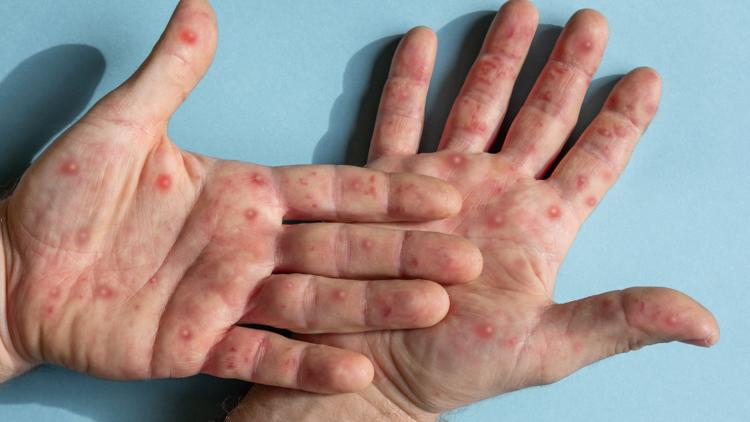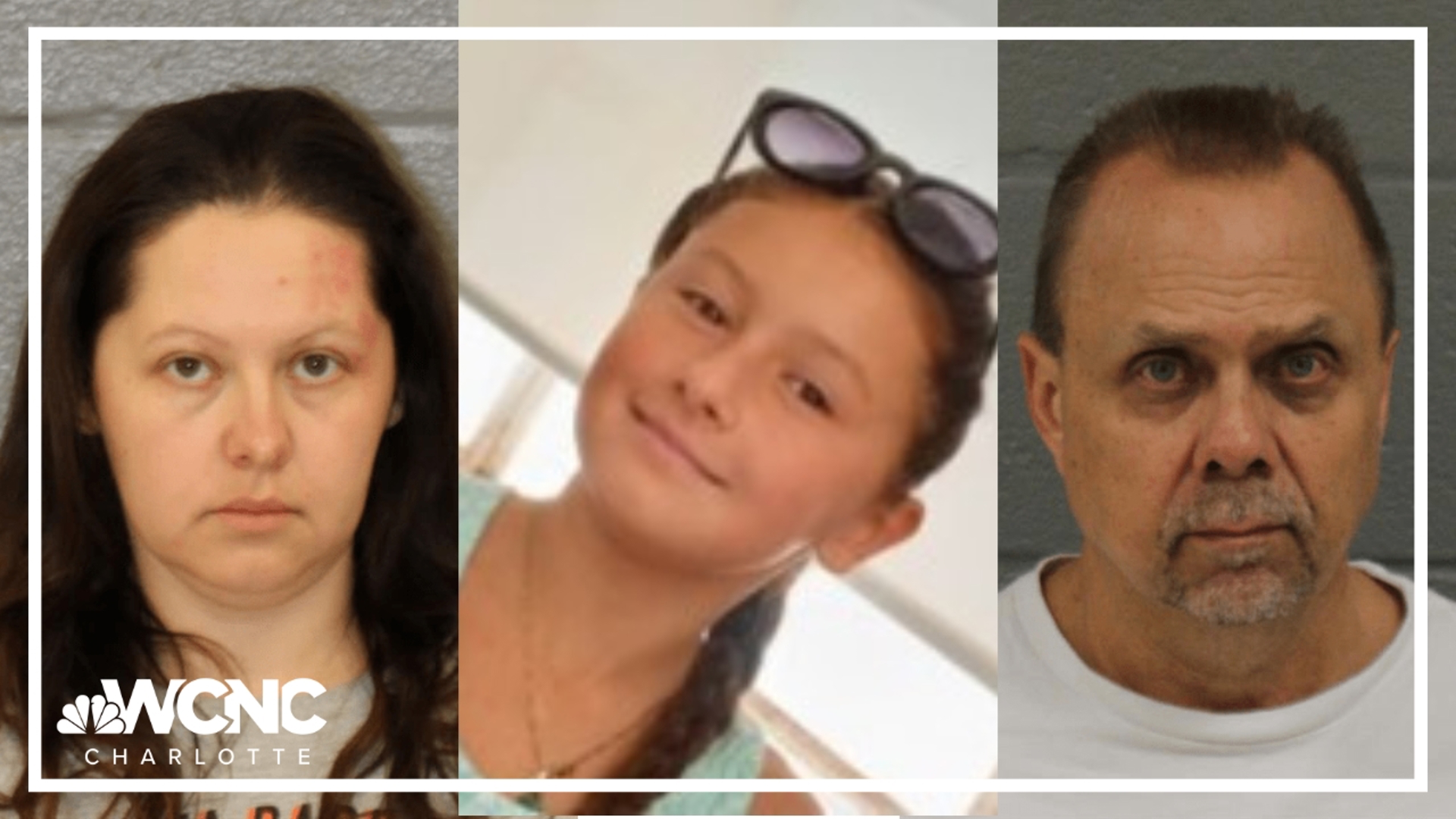The World Health Organization (WHO) declared on Wednesday, Aug. 14, that the increasing spread of mpox in Africa is a global public health emergency, warning the virus might ultimately spill across international borders.
The WHO first declared a multi-country outbreak of mpox, which was formerly known as monkeypox, a public health emergency of international concern (PHEIC) in July 2022. That PHEIC ended in May 2023 after a “sustained decline in global cases,” the WHO said.
Tens of thousands of people in the U.S. were infected with mpox during that outbreak.
The WHO’s second global public health emergency over mpox has prompted renewed concerns about the virus. Many people, including VERIFY readers, are asking how mpox spreads, if vaccines are available and whether any deaths have been reported.
VERIFY answered some of the most common questions about mpox.
THE SOURCES
- Centers for Disease Control and Prevention (CDC)
- The Mayo Clinic
- The Cleveland Clinic
- New York City Department of Health
- Africa CDC
- World Health Organization (WHO)
- U.S. Food and Drug Administration (FDA)
- Center for Infectious Disease Research and Policy
- May 2024 article on vaccine effectiveness in preventing mpox published by Nature Communications
WHAT WE FOUND
How does mpox spread?
There are two types of mpox: clade I and clade II. Both types can spread through contact with infected animals or people, or when someone handles materials that have been contaminated with the virus, the Centers for Disease Control and Prevention (CDC) says.
Mpox spreads from person-to-person through direct contact with rashes, scabs or bodily fluids of a person with mpox; extended close contact of more than four hours with respiratory droplets from an infected person; and from an infected pregnant person to a fetus.
The virus spreads from an animal to a person through bites or scratches; wild game that is cooked for food; products like skins or furs from infected animals; and direct contact with an infected animal’s bodily fluids or rashes.
According to the CDC and the Mayo Clinic, the virus can also spread through coming into contact with fabrics such as towels, sheets, blankets or clothing, as well as other items that an infected person has used.
Mpox can live on surfaces for weeks, health experts say. That’s why it’s important to thoroughly clean contaminated clothing and bedding to avoid transmission of the virus. Many household disinfectants are also effective against mpox.
What are the symptoms of mpox?
Mpox symptoms may start 3 to 17 days after a person is exposed to the virus, the Mayo Clinic says.
Symptoms of the virus can include fever, a skin rash, swollen lymph nodes, headache, muscle aches and backaches, chills and fatigue. The Mayo Clinic says a skin rash begins about one to four days after the start of a fever.
According to the CDC, the mpox rash can initially look like pimples or blisters, and may be painful and itchy. In many cases, the rash first appears on a person’s face, hands or feet before spreading to other parts of the body, the Mayo Clinic says.
“The rash will go through several stages, including scabs, before healing,” the CDC says.
While there isn’t a specific treatment approved for mpox, health care professionals may treat it with some antiviral drugs used to treat smallpox, such as tecovirimat (TPOXX) or brincidofovir (Tembexa), the Mayo Clinic says.
Has anyone died from mpox?
People around the world, including in the United States, have died after contracting mpox.
At least 12 African countries have reported mpox outbreaks, the Africa CDC said on Aug. 13, 2024.
In 2024 so far, these countries have confirmed 2,863 mpox cases and 517 deaths, primarily in the Democratic Republic of the Congo, according to the Africa CDC. Suspected cases across the continent have surged past 17,000 this year, a marked increase from 14,957 total in 2023.
Since the start of the 2022 global outbreak, 58 people in the U.S. died from mpox, CDC data show. The CDC stopped updating its mpox data as of Jan. 10, 2024, amid “low-level transmission” in the country.
Can smallpox vaccines offer protection against mpox?
Smallpox vaccines can prevent mpox, the CDC and Mayo Clinic say. That’s because smallpox and mpox are “caused by related viruses,” according to the Mayo Clinic.
The CDC says two smallpox vaccines can be used to prevent mpox: JYNNEOS and ACAM2000.
Studies have also shown that smallpox vaccines can help prevent mpox. In September 2023, researchers from Emory University and the Veterans Affairs Healthcare System found that smallpox vaccines given years earlier were 72% to 75% effective against mpox among U.S. veterans. Data from other past studies show smallpox vaccines are about 85% effective in preventing mpox.
Routine smallpox vaccinations used to be commonplace in the United States, but this practice stopped in 1972 after the disease was eradicated in the country, the CDC says. That means smallpox vaccines aren’t available to the general public anymore. Those who have previously been vaccinated against smallpox can usually find evidence as a scar on their upper arm, according to the WHO.
Health care professionals may suggest that people get vaccinated if they have been exposed to mpox, the Mayo Clinic says. Some people who are at risk of exposure to the virus at work, such as lab workers, may get vaccinated, too.
According to the Mayo Clinic, the CDC doesn’t recommend that everyone get vaccinated against mpox at this time.
How long should people with mpox isolate themselves?
People who have mpox should isolate at home in a separate room from their family members and pets until their rash and scabs heal, the Mayo Clinic says.
According to the Mayo Clinic, most mpox symptoms last for two to four weeks.
Has mpox been declared a pandemic?
The WHO, which is responsible for declaring a pandemic, has not done so for mpox. Instead, the agency has declared it a Public Health Emergency of International Concern (PHEIC).
A PHEIC is defined as “an extraordinary event which is a public health risk to countries through cross-border spread, and which requires a coordinated international response," according to a spokesperson for the WHO.
COVID-19 reached the level of a PHEIC about two months before it was declared a pandemic.
This story is also available in Spanish / Lee este artículo también en español: Hoja de datos VERIFY: Brotes de mpox



